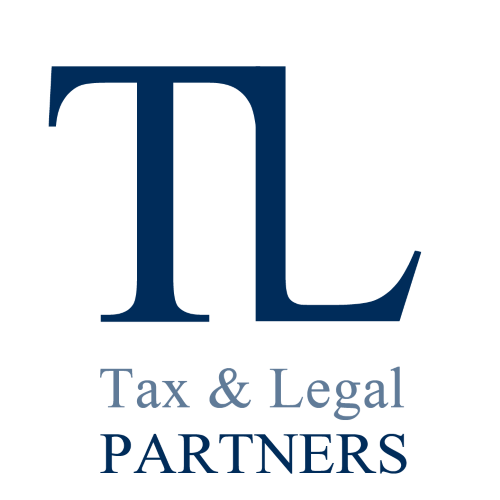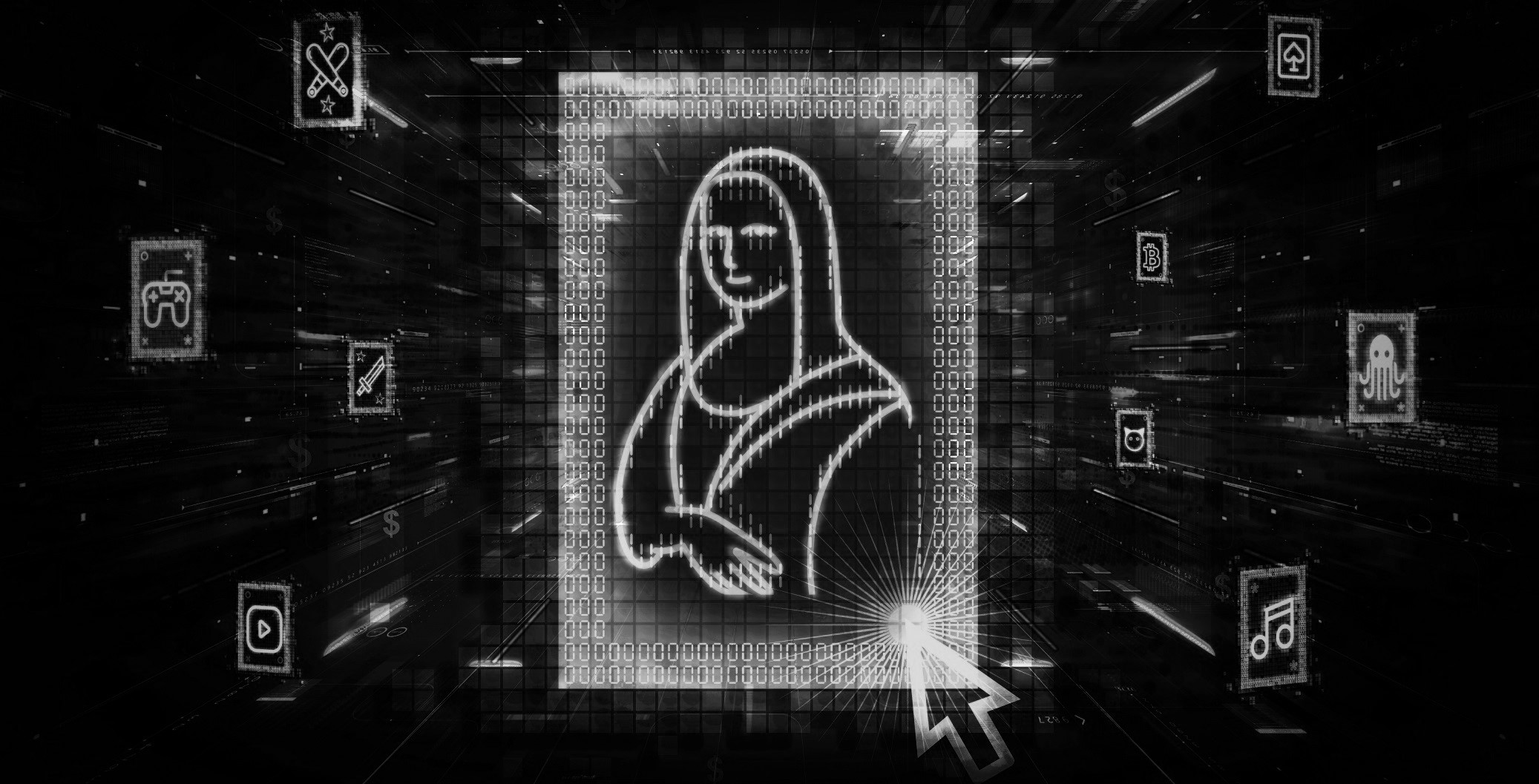Introduction
The NFT market is in a slight crisis: this is what can be deduced from the first quarterly report of 2022, published by the “nonfungible.com” website. Indeed, key points in the report explicitly state that “The general public seems to be losing interest in NFTs, if Google search volume is to be believed…Resale profit volume is down 3% while total loss volume increased nearly 50% from the previous quarter. For the first time, some segments show a negative balance: Games shows a total loss of nearly $50 million on the segment, making it the least commercially viable segment in the industry.
Therefore, from an initial explosion of the phenomenon, which recorded over $ 5 billion in trading profits in 2021, we have now come to a small waning phase, probably due to the difficult understanding of a complex world that is currently still devoid of an ad hoc legal and tax discipline. However, the optimistic prediction that looks to NFTs (and the metaverse) as a bulwark of our daily lives of the future remains.
The procedure for the purchase, possession, sale and/or exchange of an NFT is certainly difficult to interpret at first glance and can be complex to implement, but at the beginning also the advent of the first computers and the appearance of social media are been the object of particular and widespread distrust.
To better understand the NFT, it is first of all necessary to simplify the concept: it is a token (i.e. a virtual resource) which represents a single asset, with characteristics peculiar to it as it cannot be replaced with another equivalent token; it is not interchangeable.
NFTs can take different forms (digital work, a piece of music, an avatar, a 3D dress that can be worn inside a video game) and consist of a programming code that is known on the blockchain as a smart contract. This “digital deed” gives its owner the ability to use, sell and transfer that asset. However, it is important to highlight that when a token represents a tangible asset, the possession of this token does not necessarily coincide with the possession of the physical asset represented. In fact, the possession of the NFT is closely related to its declarative content, i.e. the context in which it was created or negotiated: without the declarative content, the possession of the NFT itself does not give the holder any ownership of the asset represented. This also applies if the asset represented in the NFT is immaterial: the rights to the assets exist regardless of the NFT that contains their representation (for example, intellectual property and patents). Think of the purchase of NFTs that represent a football card: the owner of an NFT representing a footballer can only claim ownership of the NFT itself, certainly not a right to use and exploit the player’s image.
In this way, as with material goods, a particular file (reproduced in an NFT) can pass from owner to owner, with all the consequent effects on the information that this file contains.
Therefore, in general, those who buy an NFT show their right of “possession” – but not of ownership – on the digital asset and on particular services that can be associated with it.
Accounting and tax treatment
Without further dwelling on the typical characteristics of an NFT – as already covered in our previous articles – it is important to highlight that from an accounting point of view, neither the OIC accounting standards nor the international IAS/IFRS standards provide indications on how to correctly account for an NFT. In the absence of these provisions, with a look at the accounting provisions on the so-called crypto assets, an NFT owned by a company could be classified among intangible fixed assets or alternatively among inventories: in the first case, reference would be made to OIC 24 (at the domestic level) and to IAS/IFRS 38 (at the international); while if it were considered as inventory, the reference accounting standards would be OIC 13 and IAS/IFRS 2.
On the legal front, there is still currently no NFT framework that embraces the entire process: from creation, to marketing, use, and subsequent resale. And this also generates significant repercussions in the tax field.
To date, in the absence of an ad hoc regulation, it could be said that the NFT regime varies according to the legal nature of the digital activity associated with it.
From the point of view of direct taxation, it is believed that if the proceeds deriving from the sale of the NFTs are achieved by subjects who carry out a business activity – necessarily verifying the “underlying” of the NFT – these fall within letter a) of the art. 85 of the TUIR (which considers revenues as “the considerations for the sale of goods and the provision of services to whose production or exchange the company’s activity is directed”); otherwise, it will be revenues that can be classified among those envisaged by the following letter b) of the same article or capital gains pursuant to art. 86 TUIR.
In the event that it is a self-employed person who habitually carries out NFT trading activities, then such proceeds will be similar to those of self-employment governed by art. 53 of the TUIR.
Apart from the cases examined above, the case of the subject who does not carry out a business or self-employment activity is more complicated. The problem that arises concerns the qualification of the income that is produced: that is, whether the income produced by these subjects following the sale of NFTs can fall within the broader category of other income pursuant to art. 67 of the TUIR (and, specifically, can be considered as “income deriving from commercial activities not habitually exercised” pursuant to paragraph 1 letter i) of the same article) or if, differently, they can be considered as isolated transfers (for the which there is no speculative intent – not even occasional – and as such irrelevant for income purposes).
To resolve doubts and avoid the emergence of conflicting provisions, the advent of a civil-fiscal discipline is hoped for in the short term.
Treatment for VAT purposes
Also, as regards the treatment for VAT purposes, the aspects relating to NFTs must be verified by considering the “underlying” of the NFT itself.
In particular, with reference to the VAT regulations applicable to the transfer of the NFT by the creator of the same, it is appropriate to distinguish the case in which the transfer of the NFT is carried out jointly with the work to which it refers with the opposite case, or if the sale of the non-fungible token is dissociated from the “represented” work. In the first case, it is believed that the transaction may fall within the scope of irrelevant copyright assignments for VAT purposes pursuant to art. 3 paragraph 4 lett. a) of Presidential Decree 633/72 (which provides that “transfers, concessions, licenses and the like relating to copyright made by authors and their heirs or legatees” are not comparable to the provision of services); in the second case it is considered that the transfer of the NFT can be treated as the transfer of an intangible asset similar to a provision of services pursuant to art. 25 lett. a) of Directive 2006/112 and, therefore, relevant for VAT purposes.
Lastly, should subsequent transfers occur after the first, in order to define the correct classification from the point of view of VAT, it would be necessary to identify the country of location of the platform (i.e. marketplace) through which the transfer/exchange of the NFT takes place. However, the problem that could arise in applying a correct VAT regime is closely connected to the decentralization and consequent non-territoriality of the platforms themselves.
Conclusions
Although a partial decrease in the NFT phenomenon has been detected compared to the year 2021, the “investment” is positive not only for those who buy but also for the subjects themselves who generate NFTs as they can finally earn on their creations: many artists, in fact, for years they have been working mainly through digital channels, publishing their works on platforms such as Instagram or other social media, monetizing the work done.
Furthermore, the world of the metaverse and NFTs is strongly linked to the community, to the network, positioning itself as fertile ground for the development of brands, businesses and professionals: for example, think of the advantages that can be achieved and that are granted to those who buy an NFT connected to a famous person such as access to many of his events or meetings with the same VIPs.
Currently investing money in the virtual world is synonymous with surrealism but it can be peacefully stated that it is not at all surreal to imagine (or believe) that the potential of NFTs can create the conditions for showing one’s social status in the (short) future. For such an understanding, a definite accounting, legal and tax framework could very much be useful.
Alessandro Madau
Angelo Ferro

